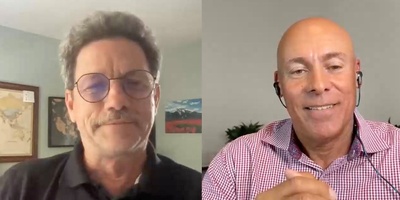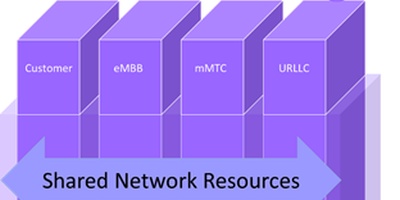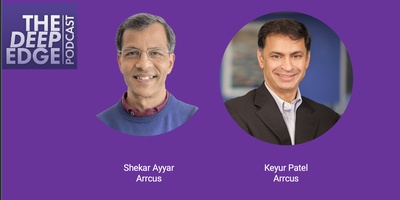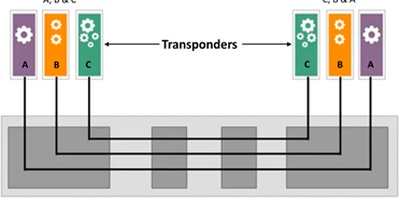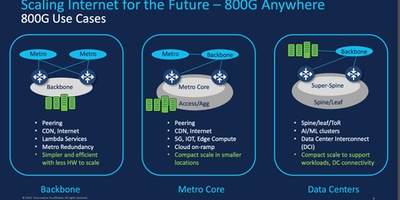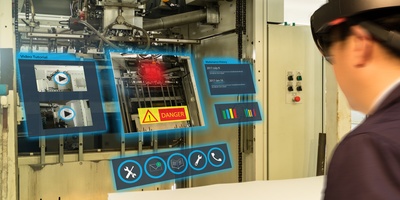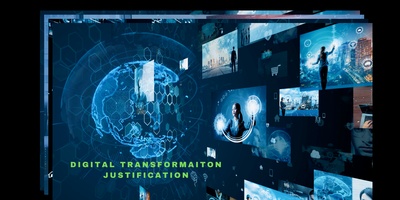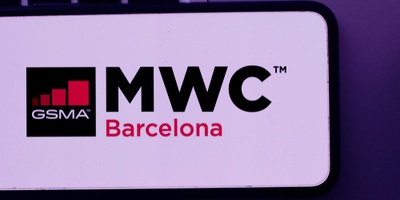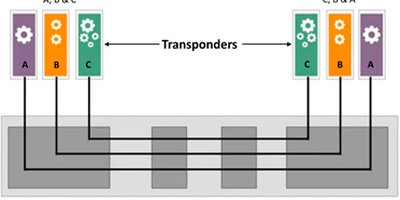
The event was billed as a series of deep-dive discussions on CBRS/OnGo but actually was more of a focused launch-event, following the CBRS Alliance happening earlier the same day. Nonetheless, it showed how far CBRS has come from more of a practical standpoint, bringing much needed focus to business cases and not just use cases.
Key Takeaways
CBRS solutions are solving actual business problems
This is best illustrated by the American Dream Meadowlands (ADM) project led by JMA Wireless and integrator/managed service provider ANS.
American Dream Meadowlands is a mixed-use complex, including the Meadowlands stadium, with retail and entertainment currently being built in East Rutherford, New Jersey, United States. Eventually, the site will support over 500 stores in nearly five million square feet. The clear business case here is the deployment of network connectivity in support of operations and services that previously were supplied or planned via fiber connections.
The project was to connect 31 locations around the complex, requiring 15k foot of trenching. The JMA VRAN solution using the Geoburst Cloud EPC covered the same locations with nine wireless nodes, requiring only 3k feet of conduit fiber. The wireless solution cost was only 10–20% of the cost of fiber deployment for traffic management, and the network can still add video and a digital signage application that is planned.CBRS is a complementary technology, not a foundation one yet
Today, CBRS solves tactical connection problems very cost effectively as the ecosystem continues to develop. For example, Landmark Dividend said Dallas Transit Authority needed to get 300 information kiosks deployed in the transit stations but trenching with fiber was not an option due to the disruption that it would cause with commuters and train schedules. Landmark Dividend instead used CBRS wireless backhaul and now offers Wi-Fi hotspots and video displays for a fraction of the cost of using MNO LTE services.
Boingo has deployed the first known CBRS LTE network at Dallas Love Field Airport. Airports are trying to digitize the passenger experience: mobile ticketing as a phase one with part two being facial recognition to speed boarding and enhance security (also used at Chicago’s Soldier Field). Airports are full of networking options, including fixed, private and public cellular, and Wi-Fi. CBRS provides a secure, private LTE network for high performance or sensitive applications separate from public access.
CBRS is not plug and play
The ecosystem is evolving to address challenges and continues the maturation process, as expected at this point in the development, but the session participants remarked that enterprises still need significant technical skill to deploy a CBRS network. This is still LTE cellular technology, after all, just not in licensed spectrum.
Most likely, this means a managed service provider (such as ANS) or a neutral host provider will be tapped by most enterprises to make this work, which includes setting link budgets and managing interference. Companies will also need help in deploying other technology, such as public LTE, Wi-Fi, and other spectrum bands, including 5GHz, to create a comprehensive solution.
CBRS today is replacing, not augmenting, the MNO
CBRS is referred to as innovation spectrum, but nearly all of the examples presented removed the MNO from the value chain. Ideally, operators will start utilizing the 3.5Ghz spectrum to augment their current LTE mobile broadband services. US operators have been deploying 3.5GHz antennas for at least the past two years in anticipation of the CBRS launch.
The challenge, and a new one for the mobile operators, is how to compete in a market where the CBRS spectrum capabilities rival the public mobile cellular network in terms of capacities and perhaps performance with potentially greater security and flexibility and cost benefits?
It is definitely early days for CBRS and OnGo, and although 3.5GHz is not going to replace the bulk of mobile operators’ services, it definitely will capture a large share of specific markets, especially in entertainment, retail and transportation.

